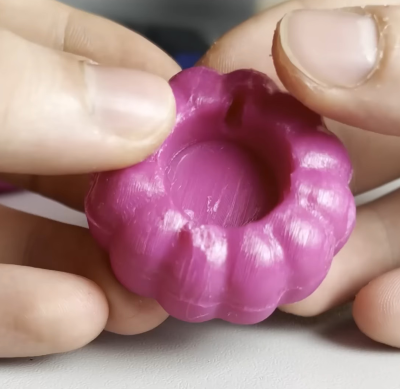Once upon a time, many radios and TVs only came with a single (mono) speaker. Then someone decided all audio hardware should have as many speakers as we have ears. That was until [Olivia] came along, and whipped up a dodecahedron speaker as an educational piece for workshops. Really, it shows us that twelve speakers should be the minimum standard going forward.
The speaker relies on a 3D-printed frame. The dodecahedron shell is assembled from 12 individual faces, each of which hosts a small individual speaker. Multichannel audio fans shouldn’t get too excited—all twelve speakers are wired to the same input in four groups of three, making this essentially an exceptionally complicated mono device. It might sound silly, but it’s actually a great way to deliver audio in many directions all at once. [Olivia] even went to the effort of running some sweep tests in anechoic and reverberation chambers to see how they performed, which is a fun bit of extra detail in the build log.
[Olivia] notes that these unique speakers are great as a beginner workshop build. They’re easy to modify in various ways to suit different ideas or levels of ability, and they can be made for less than $30 a pop. We’d love to see an advanced version that maybe packed in a lithium battery and a Bluetooth module to make them a standalone audio device. Video after the break.
Continue reading “Dodecahedron Speaker Is Biblically Accurate”



















